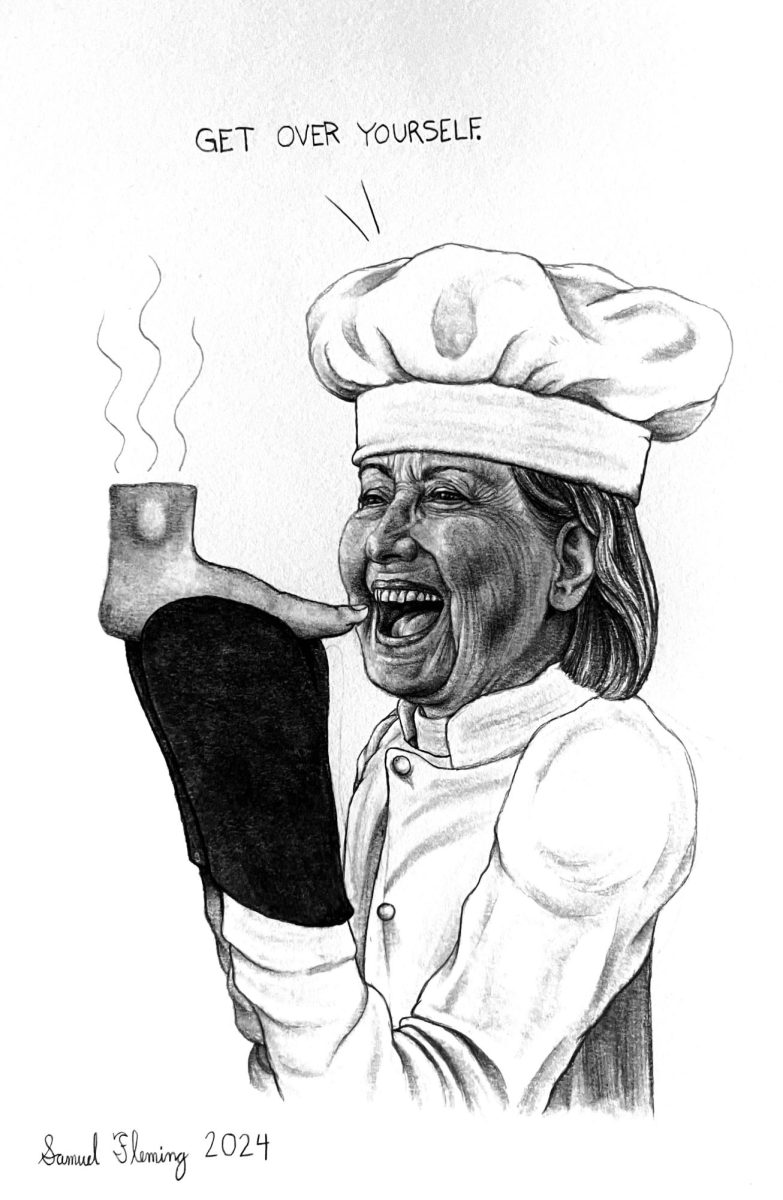Expanding diversity initiatives in social science research is one of the most pressing current issues in academia. It is no secret that, historically, much of social science research has been catered toward a specific demographic; namely, white, cisgender men. In a paper by Henrich et al. (2010), the social science world was introduced to an acronym that would blow up in discussions of diversity (or lack thereof) in research: W.E.I.R.D.
In the original 2010 paper, the authors defined the W.E.I.R.D. acronym as Western, Educated, Industrialized, Rich and Democratic. The acronym can be used when describing both research samples and researchers. The authors describe how the W.E.I.R.D. samples that have traditionally dominated social science research are not representative of the human population as a whole. Since the paper’s publication, the acronym has been used by many social scientists and taught in psychology and sociology classes, and for the most part, people believe the acronym does a good job of pointing to the problem of how people from marginalized groups have been, and continue to be, excluded from research.
However, there are some major flaws of the acronym many people in the field are not familiar with. I propose two major shortcomings of the W.E.I.R.D. acronym as well as alternatives to it.
The first major problem with W.E.I.R.D. is the lack of race as a descriptor. A common misconception is the W in the acronym stands for white. In reality, this is not the case – the W stands for Western. This implies race does not affect who is participating in and conducting social science research. For example, using the W.E.I.R.D. acronym, people living in the United States (a western country) do not experience disparities in research based on race. We know this to be false, however; using data from 2019, Zippia found only 7.1% of social scientists in the United States identify as Black or African American. This points to the underrepresentation of Black individuals in social science research, a disparity that is not reflected in the W.E.I.R.D. acronym. A potential solution to this missing key element would be adapting the acronym to W.W.E.I.R.D., with the first W standing for white.
Another issue with the acronym is what Dr. Moin Syed, a social psychologist at the University of Minnesota, has identified as “acronym absurdity.” This phenomenon is related to the way in which the overuse of an acronym can lead to some bizarre outcomes, namely when the acronym is used without an understanding of what descriptors are being left out. It is no coincidence the acronym is very catchy and memorable. This is a likely example of a “backronym,” i.e., an acronym that originates from the phrase the letters spell out. It is important to recognize the acronym is not the end-all-be-all of underrepresented groups in social science research and to use this acronym with a grain of salt.
Just like all acronyms, W.E.I.R.D. has its pros and cons. Ironically, a term that was created to encapsulate the underrepresentation of marginalized groups in social science research actually ends up leaving out several important descriptors, such as race. While it is important to discuss the ways in which certain groups of people are excluded from research, we need to do so in a way that acknowledges all the factors that contribute to underrepresentation, not just five factors that happen to create a memorable and catchy phrase.
Aspen Holm is a senior at the University of Minnesota studying psychology, neuroscience and French.

















